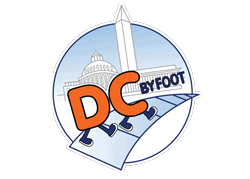The Department of Army that runs Arlington National Cemetery (ANC), in keeping with Department of Veteran Affairs protocols, only allows certain graphics on government issues headstones.
As you walk through the cemetery on one of our self-guided tours or with our guided walking tour, you can use the guide below to understand the basics of the symbols on government-issued and personal markers.
Be sure to check out some frequently asked questions about the cemetery as well as our guide to visiting ANC.
RELIGIOUS EMBLEMS
The simple white marble headstones often have a religious symbol on the top. There are 60 approved religious symbols, and a system is in place should families petition for a new symbol.
The religious symbols and any other approved graphics are allowed in black only.
The most common is the Latin Cross. On some headstones this cross is inscribed in a circle, this is not a different symbol but an earlier engraver.
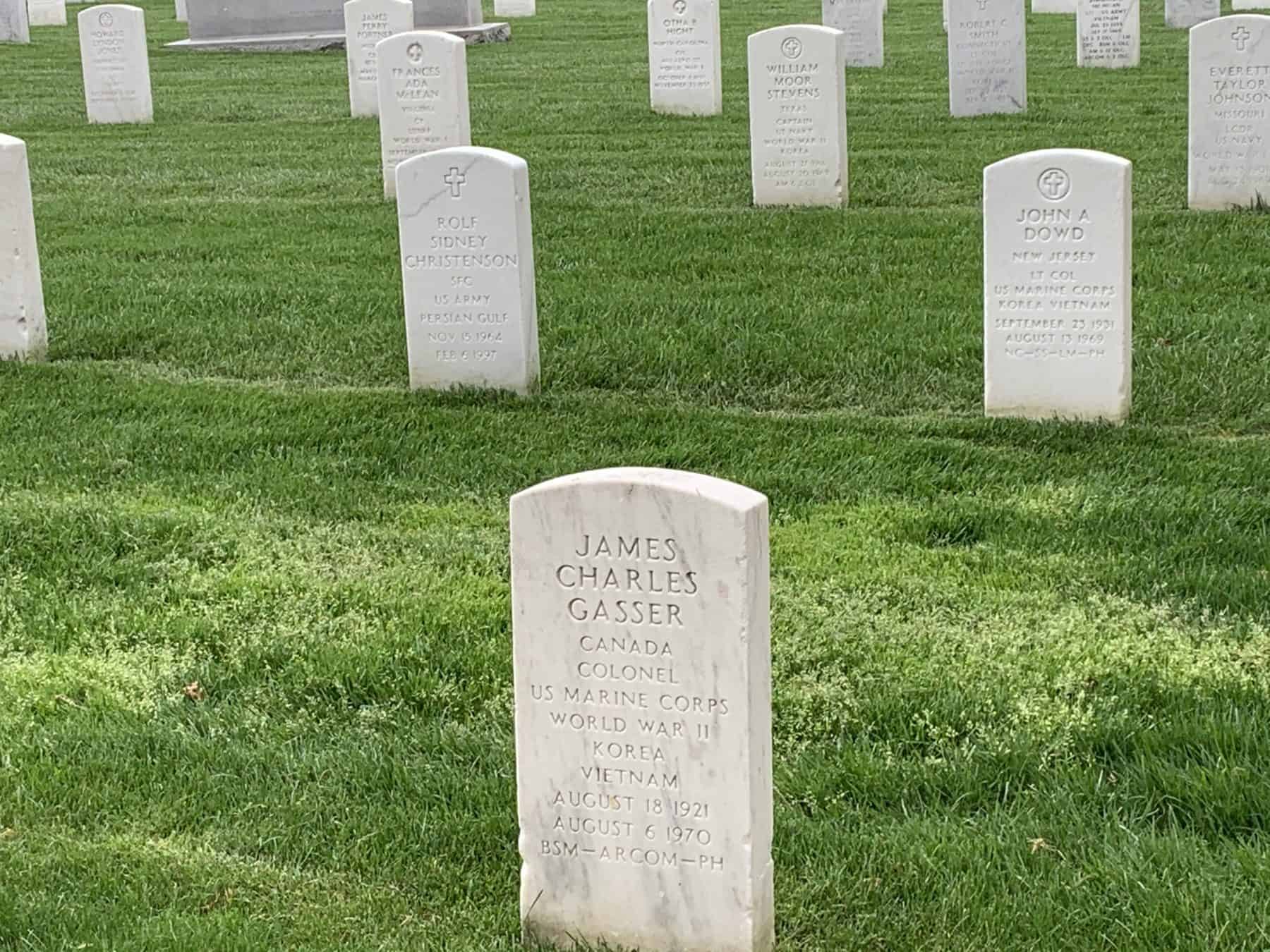
The earlier Christian symbol was a Latin Cross with a circle around it and was used on the headstones at Arlington National Cemetery. The circle was no longer used after the 1980s and the regulation of symbols. Representing the Christian faith, this is the most commonly seen religious symbol.
Other symbols are the Star of David (Jewish), Lutheran Cross, Russian Orthodox Cross, Cross and Crown (First Church of Christ, Scientist), and Presbyterian Cross.

Recently, petitions were made to include new religious symbols such as the pentagram for Wiccan beliefs and the Hammer of Thor for the Heathen religions.
There are at least five identified Wiccans buried in Arlington. Some of them, including Private Abe Kooiman, requested that the symbol be added once approved, as he died 5 years before it was allowed.
For a .pdf version of all the religious emblems available to veterans, click here.
Adding a religious emblem is a personal choice and is not required. By default, military-issued headstones list the name of the deceased, the years of birth and death, and the branch of service.
Families may request, at the government's expense, military grade, rank, or rate; war service (such as "World War II"); months and days of birth and death; an emblem reflecting one's beliefs; valor awards received; and the Purple Heart. Not all headstones bear a religious emblem.
Earlier graves in Section 27 have a different style than the military headstones seen elsewhere in the cemetery.
These Citizen and Civilian headstones mark the burial sites of poor freed men, women, and children who were interred in Arlington National Cemetery at the government's expense after the Civil War.
To keep with the aesthetic of overwhelming rows upon rows of white headstones, these replacement headstones are similar in appearance to the military headstones apart from the inscriptions.
For many years, Section 27 was an area that was somewhat segregated from the rest of the cemetery. Here, you will also find many graves of soldiers in the United States Colored Troops. Their graves are marked with the initials U.S.C.T.
MILITARY EMBLEMS
The available emblems for use on military headstones are not limited to religious ones.
Pre-World War I era headstones are inscribed differently. The Civil War Union shield is available for those who served in the Civil War fighting for the Union or for those who served in the Spanish-American War.
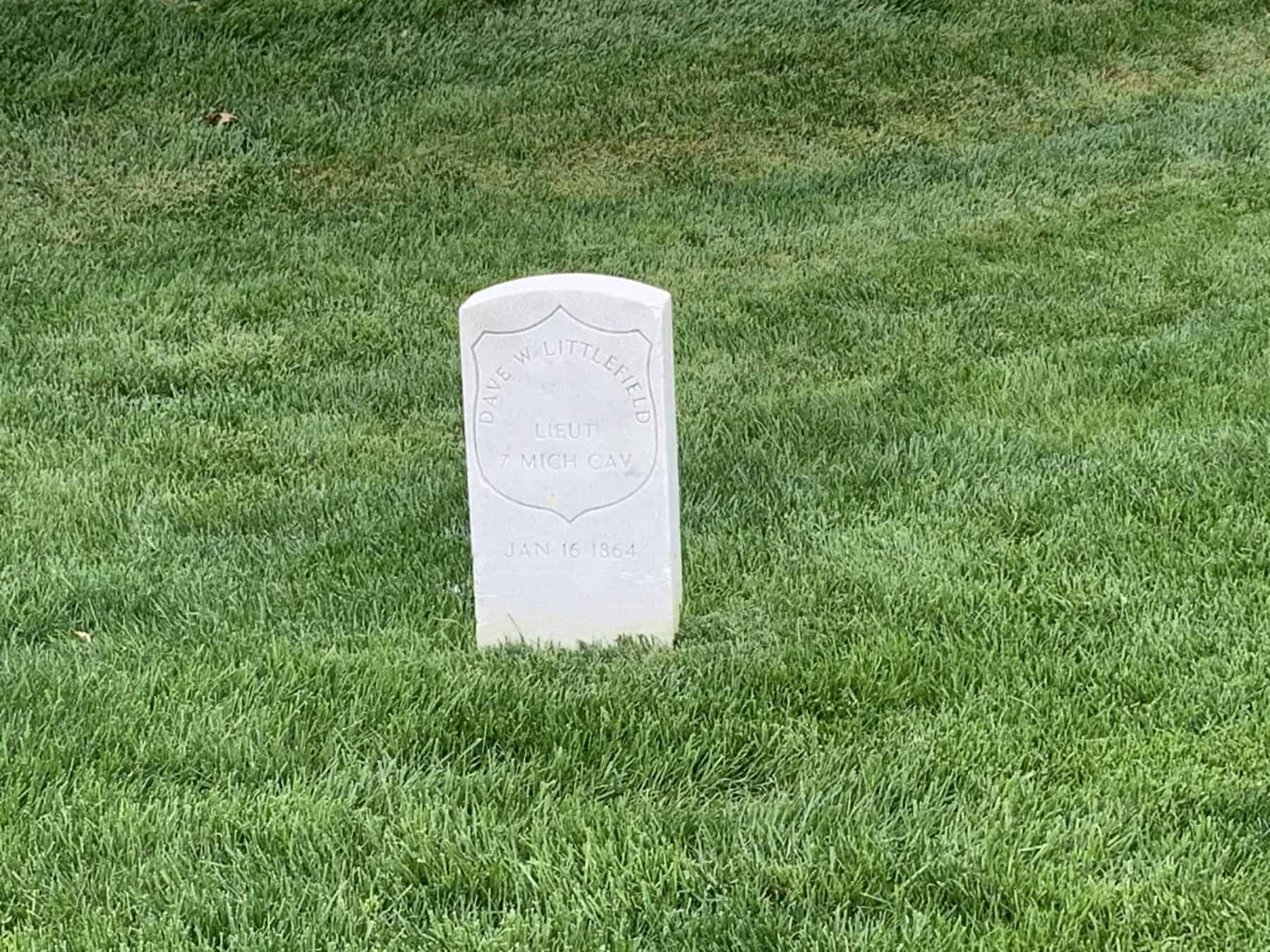
Within the shield is the arched name of the deceased and his abbreviated military organization. The dates of birth and death are listed below. Due to space restrictions, no religious symbol is listed.
Confederate soldiers from the Civil War also have distinct markers. The Confederate Southern Cross of Honor is inscribed above the arched name, military organization and dates of birth and death.
To provide an obvious distinction of Confederate graves, instead of a rounded top to the marble headstone, Confederate graves are pointed. The common joke is that the Southern war veterans didn't want "Yankee" soldiers to sit on the graves. The Confederate Soldiers section at Arlington National Cemetery was redesigned with new headstones at the turn of the 20th century.
The only other permitted graphic on a government-issued headstone is the insignia of the Medal of Honor.
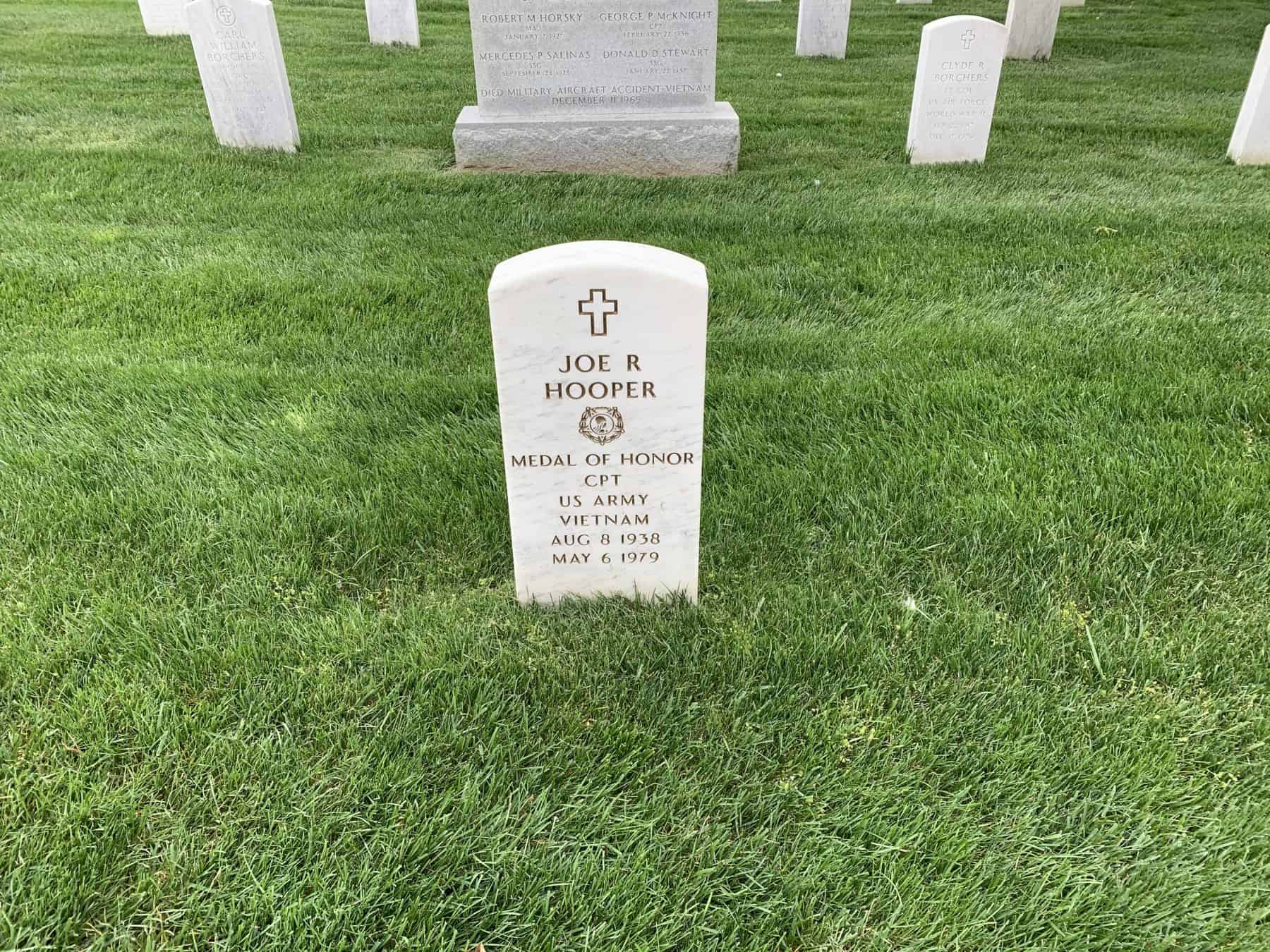
The original design for the MOH was designed for the Navy and, shortly thereafter, another for the Army, both during the Civil War. The design is an inverted star with Minerva in the center, surrounded by laurel and oak leaf clusters and stars to represent the States.
Through the years, only slight changes have been made. A 1904 version of the MOH depicts the Goddess of War instead of Minerva. The Air Force uses the head of the Statue of Liberty.
Medal of Honor recipients are eligible to have the insignia carved into their marker underneath their name at the expense of the military. For Civil War and Spanish American War MOH recipients, the insignia is underneath the arch of the name.
For those eligible individuals who are buried at sea, whose remains are donated to science, or whose cremated remains are scattered, there is an option for a memorial marker. This is also used for those remains that are unidentified or not recovered. Many of these men and women are still Missing In Action. These memorial markers have been inscribed at the top In Memory Of any religious emblem but above the name.
Joseph P. Kennedy, Jr has a memorial marker near his brothers' graves at the Kennedy Memorials. His remains were never found after a premature explosion during a mission during WWII.
Not every headstone in Arlington National Cemetery is paid for by the government. For those individuals who desire a different headstone, as long as there is space available in an older section of the cemetery and the additional costs are covered by the family, larger headstones are permitted.

There are still requirements regarding the style and size. Personal markers and monuments of freestanding cross design, narrow shafts, mausoleums, or overground vaults are not allowed, though underground vaults are permitted. Any personal design must be approved by the cemetery, including what type of graphics and information may be used to remain in keeping with the dignity of the area.
Many who elect to pay for their headstones use military insignia to mark their rank, branch, or unit.
Crossed swords and rifles are common. They are not specific to a branch of the military and are used to denote a veteran, usually an officer. Colonel Witte served in the US Army from 1939-1969 earning many combat and campaign medals.
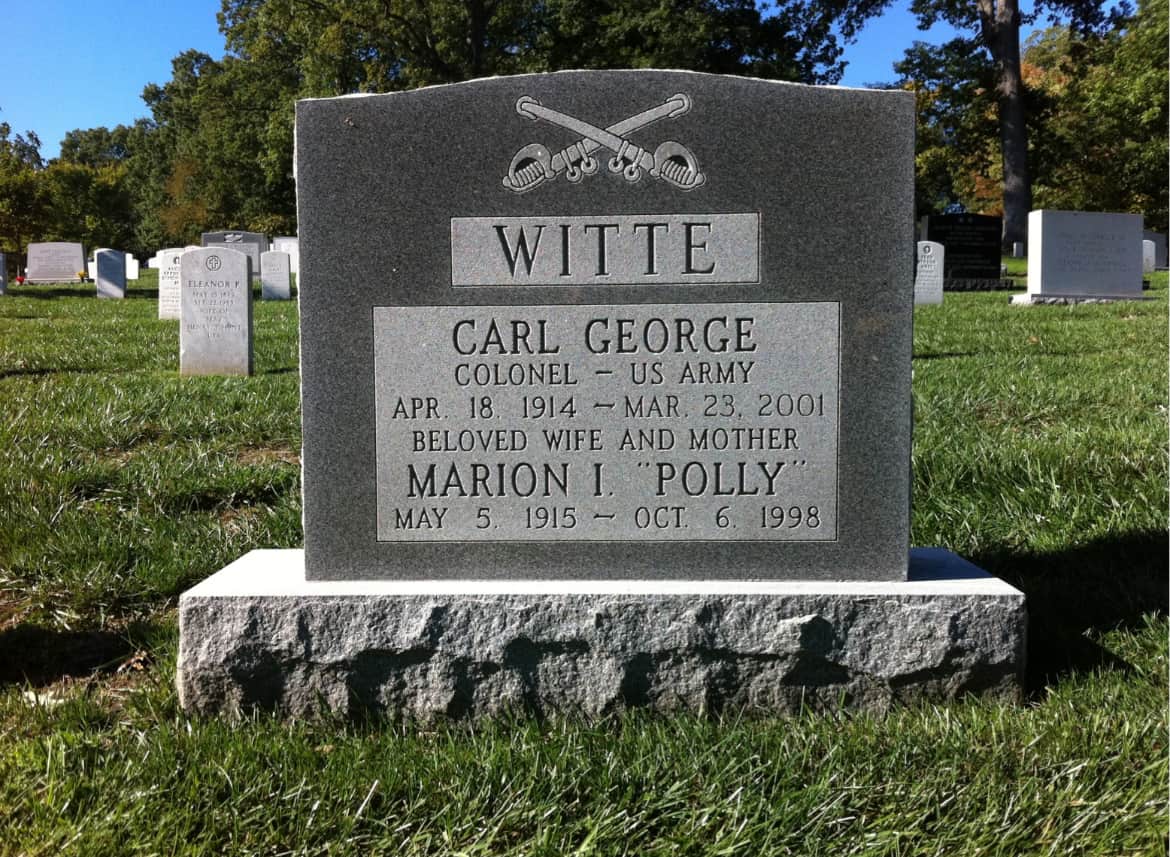
The opened-winged emblem, as seen above Colonel Michie, denotes Air Force. However, many variations with specific details mark specific ranks - from pilot wings to senior flight nurses.
The type of shield and presence and design of the star on the top change depending on theposition of the deceased. The striped shield and laurel surround the star mark Michie earned his Command Pilot Wings.
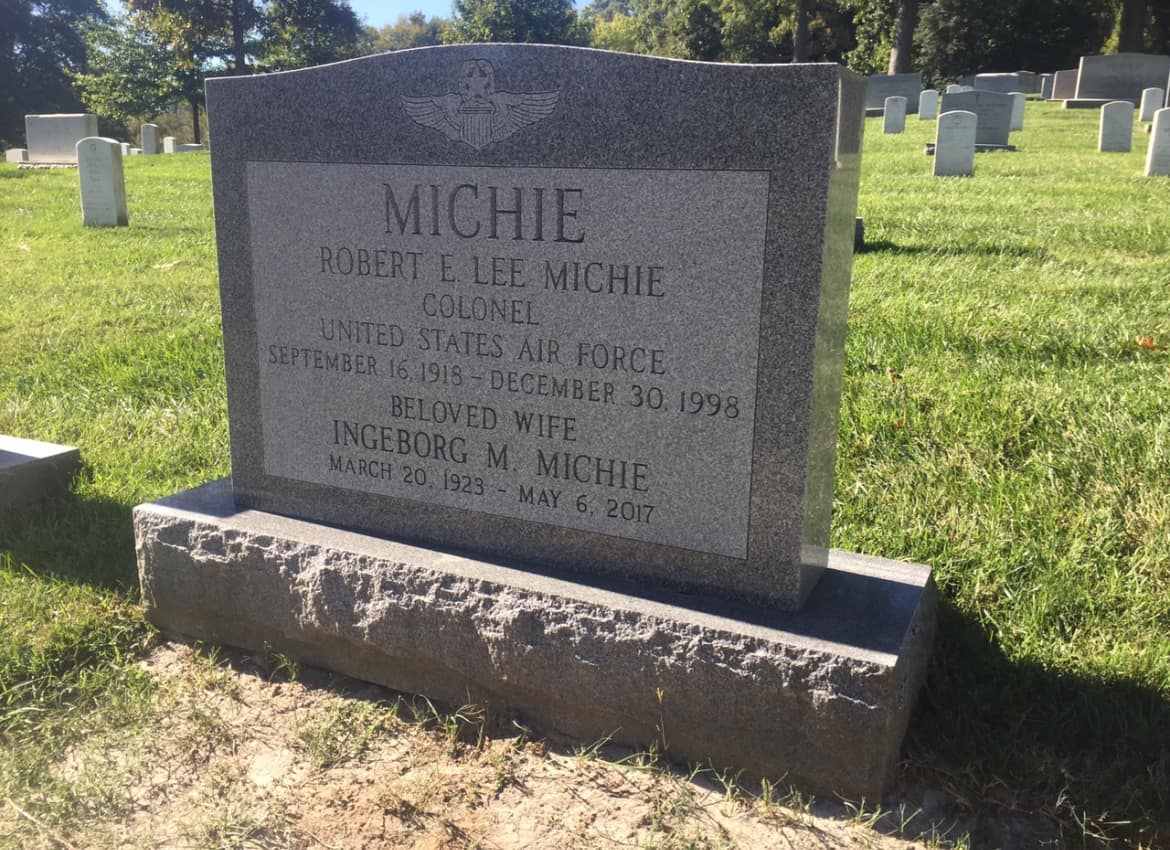
The United States Navy also has its emblems, often involving an anchor. The USN superimposed over an anchor with the two stars shows that Alphonse J. Vacca was a Master Chief Petty Officer for the US Navy.
This symbol is the same as used on the collar device of those with that rank.
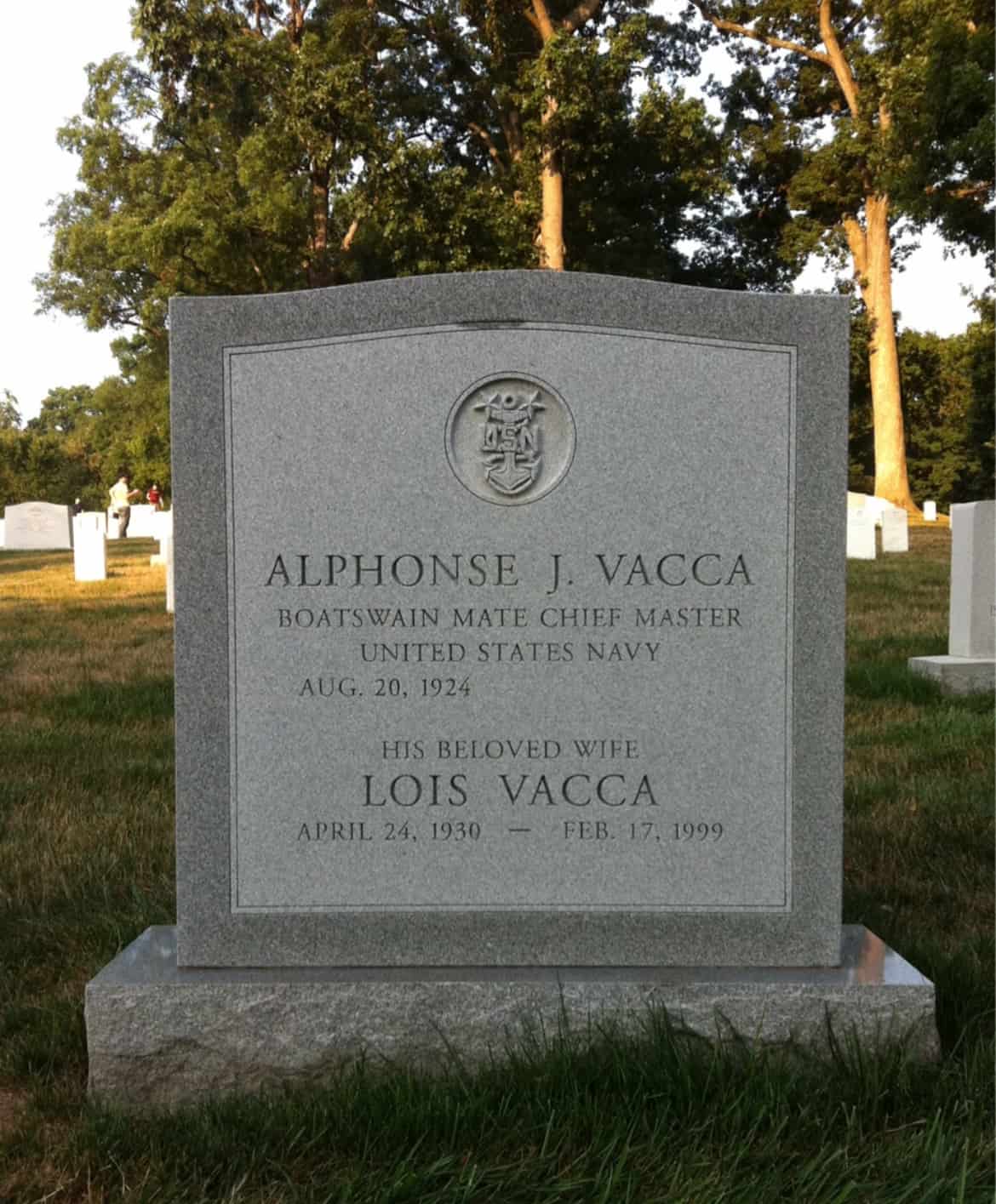
The caduceus, as seen on Captain Spencer Johnson's grave, is the symbol of messengers but, since the early 1900s, has been used to denote those in the medical field.
A short herald's staff wrapped by two serpents was used on Army medical uniforms and has been common on medical corps and nurses corps grave markers since then.

The Castle on General Shingler's grave is the US Army Corps of Engineers logo. The origins of this tradition are unknown, but the Corps officially adopted the logo in 1902. It was unofficially used well before, possibly dating back to the American Revolution.
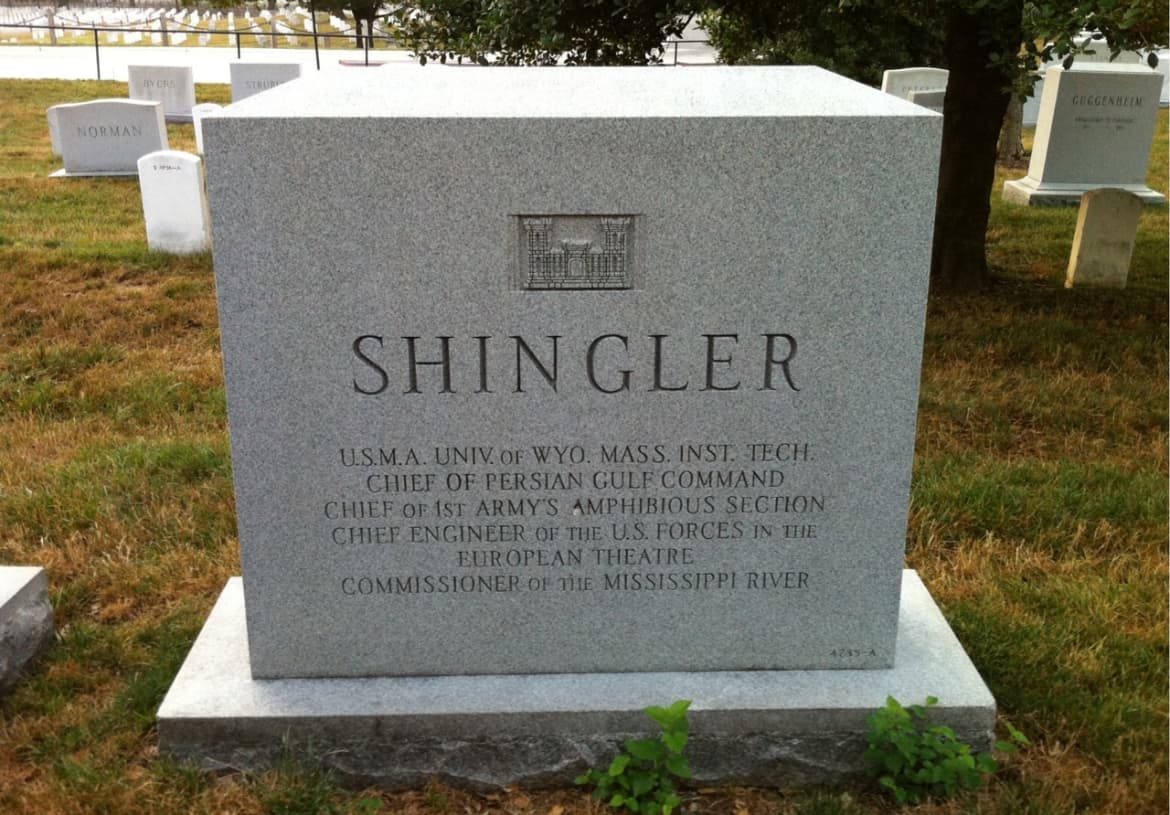
The graves of higher rank officials will often have stars at the top. These correspond with their rank, such as five-star general Omar Bradley, who has five stars carved into his headstone.
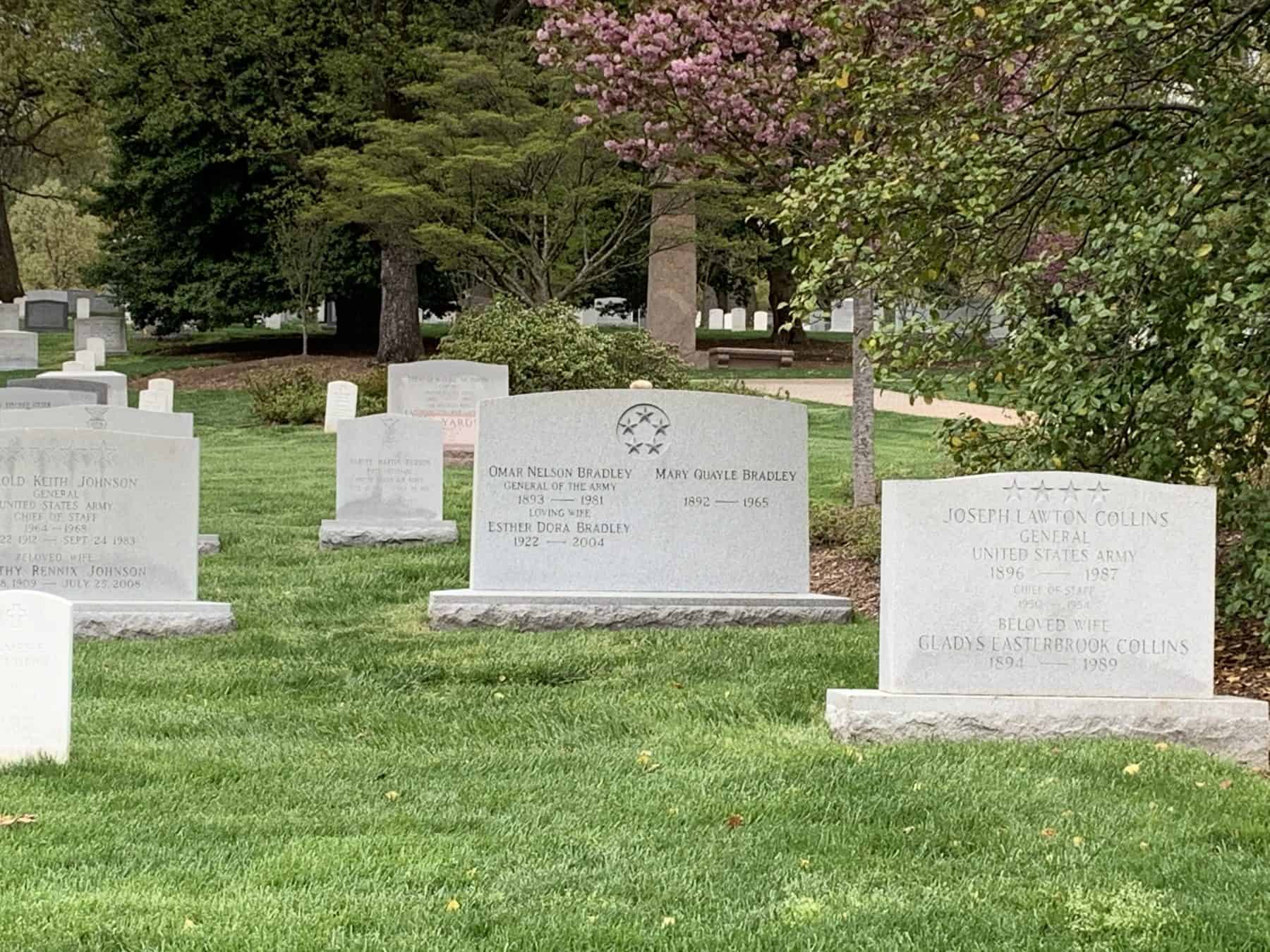
Five five-star officers are buried at Arlington: Admiral William D. Leahy, General George C. Marshall, General Henry F. Arnold, Admiral William F. Halsey, and General Omar N. Bradley.
